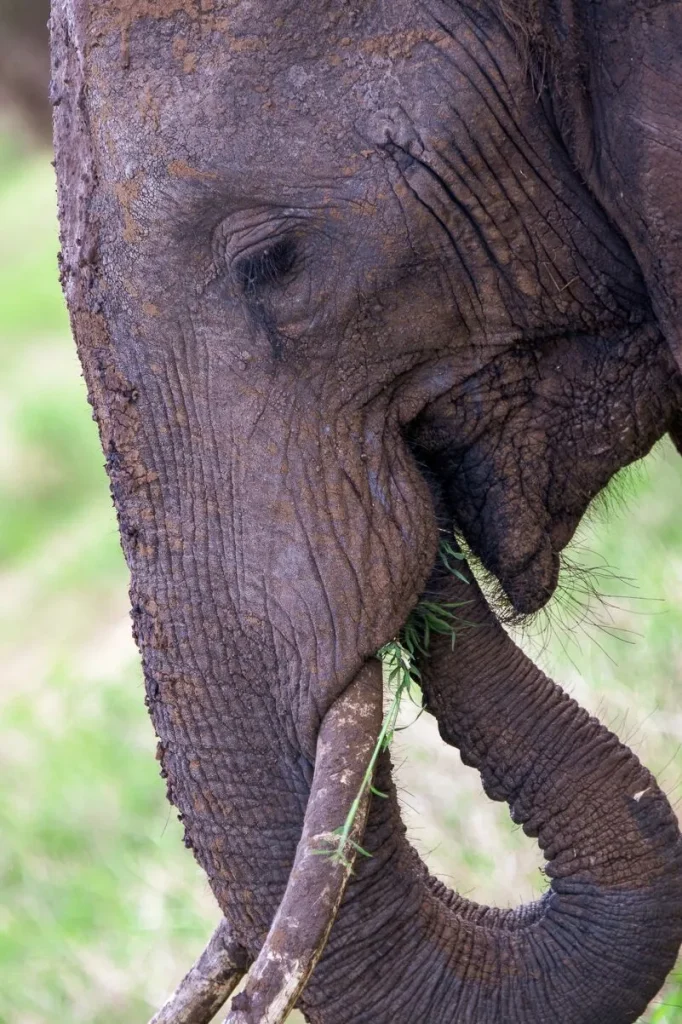A Tanzania wildlife safari offers an unparalleled adventure through some of Africa’s most iconic national parks and reserves. Home to the legendary Serengeti National Park, visitors can witness the awe-inspiring Great Migration, where millions of wildebeest, zebras, and gazelles traverse the plains in search of fresh grazing. The Ngorongoro Crater, a UNESCO World Heritage Site, boasts a dense concentration of wildlife, including the Big Five—lion, leopard, elephant, buffalo, and rhino. From the vast savannas of Tarangire, known for its massive elephant herds and baobab trees, to the pristine landscapes of Ruaha and Selous, Tanzania offers diverse ecosystems teeming with wildlife.
Beyond game drives, a Tanzanian safari provides opportunities for cultural immersion with the Maasai and Hadzabe tribes, hot air balloon safaris over the Serengeti, and guided walking tours for an up-close experience with nature. The country’s commitment to conservation ensures that travelers can enjoy breathtaking wildlife encounters while supporting sustainable tourism. Whether exploring the northern circuit’s world-famous parks or venturing into the remote southern reserves, a Tanzania wildlife safari promises an unforgettable journey into the heart of the African wilderness.
Tanzania offers a diverse range of travel experiences, from breathtaking wildlife encounters to stunning landscapes and rich cultural heritage. Visitors can explore vast savannas teeming with wildlife, where they can witness incredible animal migrations, predator-prey interactions, and a thriving ecosystem that showcases nature at its finest. Towering mountains and lush forests provide opportunities for adventure, including trekking, birdwatching, and immersive nature walks. The country also boasts pristine coastlines and idyllic islands, where turquoise waters and white sandy beaches create a perfect setting for relaxation, snorkeling, and diving.
Beyond its natural wonders, Tanzania is home to vibrant local cultures and historical sites that offer a deep connection to its past and traditions. Travelers can engage with indigenous communities, experiencing their unique way of life, traditional dances, and artisanal crafts. Ancient ruins and heritage sites provide insight into the region’s rich history, from centuries-old trade routes to colonial influences. Whether seeking thrilling safaris, scenic escapes, or cultural immersion, Tanzania promises an unforgettable journey filled with awe-inspiring experiences.
Tanzania is a premier safari destination, renowned for its breathtaking landscapes, abundant wildlife, and diverse ecosystems. From the iconic Serengeti National Park, home to the Great Migration, to the Ngorongoro Crater, a UNESCO World Heritage Site teeming with wildlife, Tanzania offers an unparalleled safari experience. Visitors can witness the Big Five—lion, leopard, elephant, buffalo, and rhino—along with countless other species in their natural habitats. Whether exploring the vast plains of Tarangire, the lush forests of Lake Manyara, or the remote wilderness of Selous and Ruaha, every safari promises an unforgettable adventure.
Beyond its wildlife, Tanzania’s safaris provide a deeper connection to nature and local cultures. Travelers can engage with the Maasai and Hadzabe tribes, gaining insight into their traditional way of life. The country’s well-preserved national parks and conservation areas offer a variety of safari experiences, from classic game drives and walking safaris to hot air balloon rides over the savanna. With expert guides, comfortable lodges, and breathtaking scenery, a Tanzania wildlife safari is an extraordinary journey into the heart of Africa’s wilderness.

Do you want to Travel ?
Interested in the Best Wildlife Beach or Mountain Adventure,
Well get a Quote Now